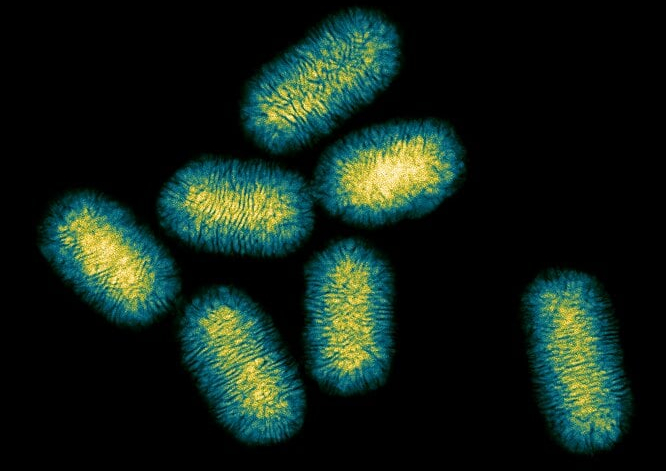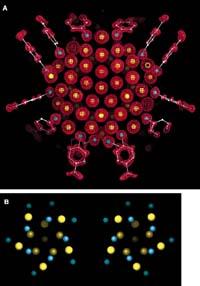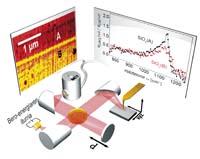CIC bi GUNE develops a technique of spiral metal nanoparticles
2020/07/01 Elhuyar Iturria: Elhuyar aldizkaria

In CIC bi<unk> GUNE, quirral gold nanoparticles have been created by deposing gold atoms over nanocylindrics. The method is simple, can also be used with other metals and, as the researchers have emphasized, opens countless possibilities of application in optics, catalysis, biological detection and biomedical image. The technique has been published in the journal Science.
With this new technique, quasihelicoidal and therefore chiral structures have been achieved. Thanks to this geometry, particles interact with circular polarization light, with a much higher efficiency than all known materials so far. “Chiral substances mainly absorb the light of a certain circular polarization compared to the light of opposite polarization,” explains Chief Investigator Luis Liz Marzán. This property can serve, for example, to detect biomolecules in a very selective and sensitive way.
The technique is based on a mechanism of supramolecular chemistry, that is, on structures obtained by the union of molecules without forming chemical bonds. “This means that we have come to control the structure of matter on a nanometric scale, but within the same nanoparticle, that is, we are talking about three-dimensional manufacturing on a nanometric object,” says Liz Marzán. “The truth is that it’s almost like deciding where atoms should be placed to achieve a very complex structure.”
Liz Marzán points out that the process serves other types of materials: “We have seen that using the same strategy platinum atoms can be deposited on gold nanocylindrics with the same helix structure. Therefore, the possibilities are extended both in applications of optical properties and in catalysis, since platinum is a very effective catalyst. In addition, the synthesis of chiral molecules that can have biological and therapeutic importance can be greatly improved.” In addition, this mechanism could be applied to new biomedical imaging techniques, sensor manufacturing, etc. “We are convinced that this work will open many avenues to other researchers, as it can be used with a large number of molecules.”

Gai honi buruzko eduki gehiago
Elhuyarrek garatutako teknologia





